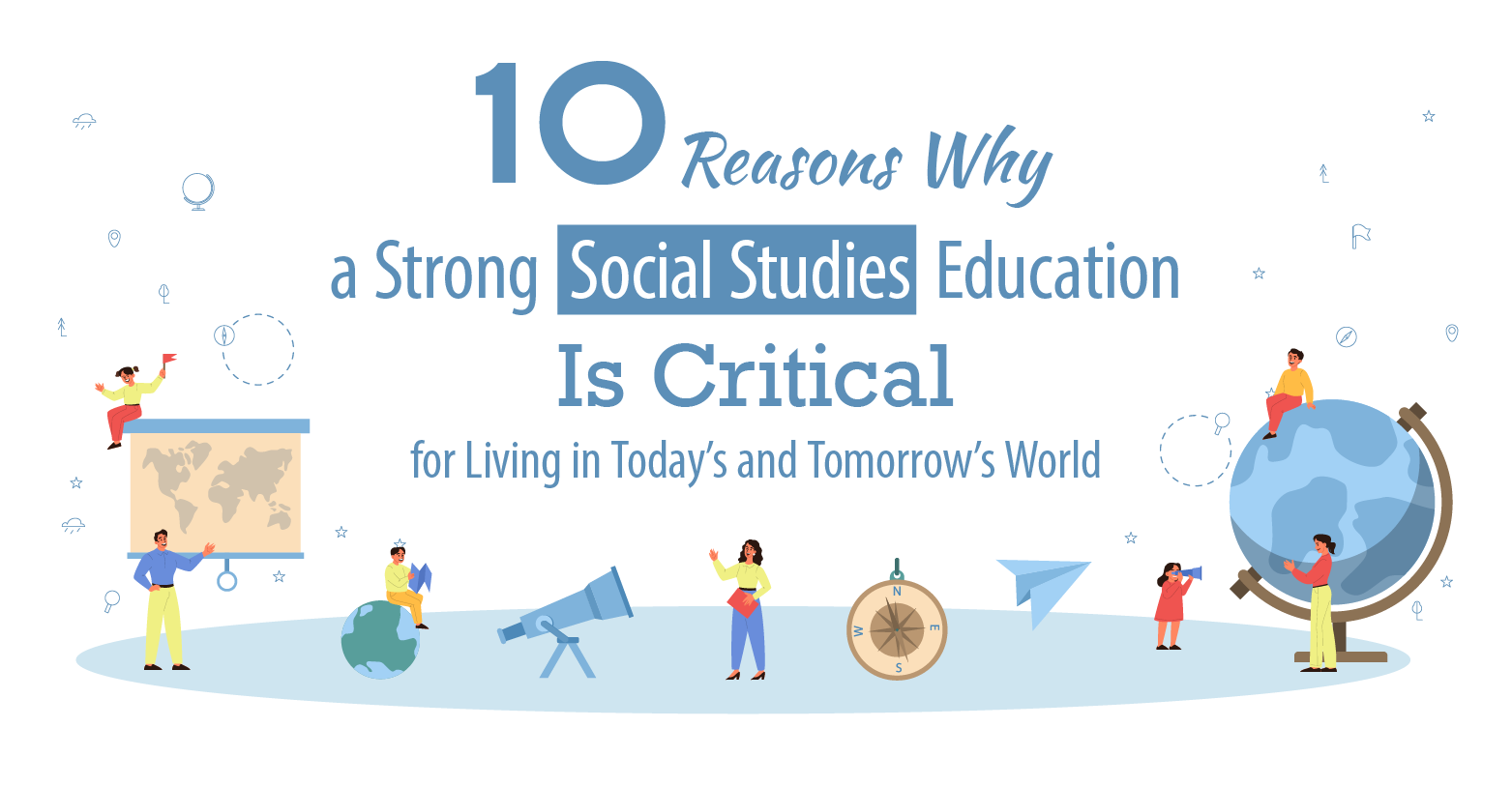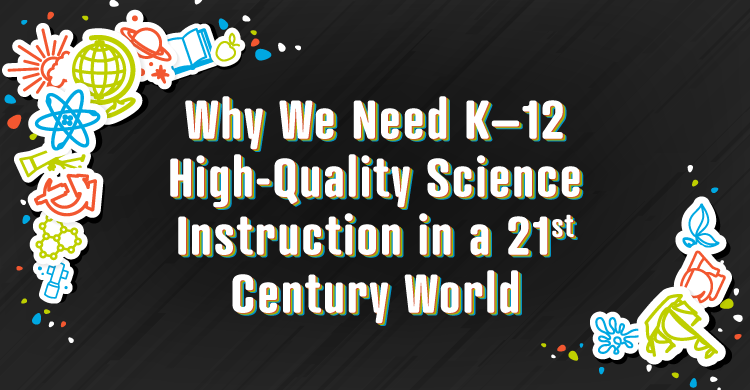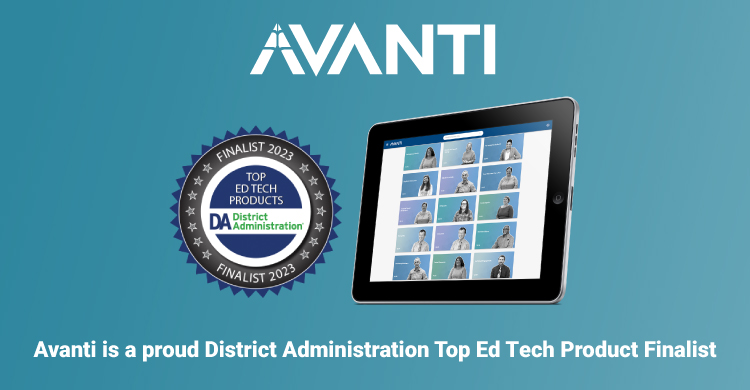In this morning’s paper, a full spread page read “Shifting how science is taught”. (Rado, 2015)
The article examined what is likely to happen as states begin federally mandated testing this school year for the Next Generation Science Standards. I think the responses are rather predictable:
- Many educators will holler and scream “What!? More Federal tests?”
- Others will smile and say “It’s about time.”
- A few school districts will ignore the mandate, doing business as usual by teaching science out of obsolete textbooks, if at all. They will say “We don’t have money to get teachers ready” and “We don’t have time. We are doing Common Core.”
- Many other districts will take a half-hearted approach. They will hold one-day institutes to hand out new materials or two-day work sessions to review the new standards. They will say “Go now, and do what you need to.”
- Another group will take the mandate seriously and consider what’s needed to ready students for the new science assessments. They will understand that the new tests highlight performance– including on-the-computer performance– over single answer multiple guess questions of the past. After presenting a statement of the concept, the performance requirements will follow:
- 5th grade: Develop a model to describe the movement of matter among plants, animals, decomposers and the environment.
- 8th grade: Analyze and interpret data on the properties of substances before and after the substances interact to determine if a chemical reaction has occurred.
- 10th Grade: Construct an explanation based on evidence that the process of evolution primarily results for those four factors (given in the statement of the problem. (Rado, 2015)
Readying teachers is a multifaceted challenge aimed to bring all of our students’, not just the gifted or AP learners, science knowledge and skill to “think like scientists” at world class standard. There is much that teachers need to know.
- For the many teachers who lack the content knowledge they must teach via these new Next Generation Science standards, they will need to “brush up their Shakespeare” and master the highly detailed material for their grades. Unlike the Common Core, each science standard is geared exclusively to a grade. No content spirals or scaffolds here!
- The vast majority of teachers who never have had time to prepare students’ minds for inquiry, there is a field full of evidence-based strategies and instructional models. Learning these best practices, teachers will be more able to guide students through the investigations the students will perform for the new tests.
- The number of teachers ready to adopt new, inquiry focused models of instruction is small. For most, science has been taught without the actual doing of experiments. Even when experiment are the norm, some students are learning exclusively about the facts, not the concepts or how to investigate them. It’s just dead science–reading, lectures and worksheets! Talking to students about science has long been the dominant instructional mode. Inquiry-based models such as project-based learning, problem-based learning and investigations have never been fashionable in spite of their greater rigor and relevance. As scientists attest, these modes of teaching and learning are how to bring science alive.
Things Students Need to Know
Because of the inadequate development of students’ science knowledge and and ability to conduct meaningful inquiry, there is much they need to know. One of the most valid ways to fill in the gaps and enable teachers to most easily move all students to “think like scientists” is inquiry-rich, project-based learning with units of instruction designed for the development of students’ inquiry skills to deepen their knowledge of the specific content.
Such units enable students go deeper into the content objectives so that they can perform what the verb in the standard asks. Fifth grade students will be more apt to do well by developing a model for whatever standard asks that because they have learned how model development works. Students in grade ten will analyze and interpret data more skillfully because teachers will have taken time to develop the nuances of data analysis.
In an inquiry project, skillful teachers will learn how to integrate the command verbs for specific types of inquiry skills so that students become proficient in those skills and ready wherever a science literacy skill such as analysis, interpretation or construction appears. To the well-versed scientific thinker, it will matter little whether the content requiring analysis or modeling is a chemical reaction, plant decomposition or evolution. The student who is well prepared to think like the chemist, botanist or geneticist is ready for the open-ended performance test, college science, or a career in science.
Too many times, professional development has meant the ineffective “sit and get” followed by “go and do”. This approach is obsolete in the modern day. The more “sit and get” instruction, the more likely it is that teachers will not change practices and test scores will remain flat.
The most effective professional learning models, ones that aim and lead to 98% of a school faculty employing the new model within a year, have four interlocking elements:
- Learning from Doing: Teachers will participate in an extended-day workshop in which they are guided to create an inquiry-based lesson responding to the Next Gen Standards. The hands-on working session will begin with entry activity that identifies what they need to know about the process of inquiry and the content of a participant-targeted, specific Next-Gen standard. From there, with intermediate stops to reflect and assess, teachers collaborate in grade level teams of PLCs to construct a driving question and investigate answers for what they need to know. They then make sense of the answers uncovered and prepare an end product that communicates in a new media what they have learned. They end this exploration with a presentation to their peers and the facilitator, receive constructive feedback and complete a final reflection that captures all learned about the inquiry process and how they can design added units on this inquiry format.
- Designing for Transfer: The distinguishing aim of 21st Century Learning is the intentional promotion of transfer. In the first quarter of the school year, teachers take the model they have learned about by experiencing and reflecting on its learning. They are then guided in replicating it with a grade specific standard. They plan the project, which their students will do, do it with their students and then assess the results. Plan, Do, Assess: The most assured pathway to transfer.
- Reflecting for Proficiency: Teachers new to this model of instruction are likely to feel like a baseball pitcher whose arm goes bad and must learn a new position. Once again they are novice learners, kindergarten students first learning how to add and subtract. This new model requires a paradigm shift that is a difficult challenge. To get the best return on investment, a school or district will fund the follow-up that encourages and supports teachers during the school year. In return, teachers will design and assess their growing proficiency with the plan-do-act cycle of at least three added units. The ultimate goal over two years is eight complete units. Proficiency comes from learning about successes and failures in a lab. With the classroom as their lab, teachers of science will advance their proficiency by reflecting over and over on what worked, what didn’t and what to change. It is the reflection, over and over as a habit of the mind, that leads to an understanding of how to teach science through reflection on doing.
- Leading for New Shifts in Teaching and Learning Science: If school leaders want the shift in science teaching to bring a shift up in new science test results, they must go into the trenches with the teachers. The best leaders will learn the how-to of the model and be held to expectations for created units by each teacher or team. They must schedule monthly reflections with professional learning facilitators and “plan-do-assess” their own projects to help the transfer process result in a growing number of standards aligned projects.
A New Age Is Here
The 21st Century is here, but 21st Century Learning in science is not. Tests for the Next Gen Standards are here, but Instructional Practices to help students do well on the new performance tests are not. From helping teachers decide what they need to know to providing the quality of professional learning teachers will need to bring the sciences alive in a 21st Century Classroom, this work will require school districts and school faculty to inquire outside the box for what works best in science instruction for these new times.
References:
Bellanca, J., Bellanca J., Koney, A. (2015) Science Alive! Creating Next Generation Science Projects, International Renewal Press. Northbrook, IL
Rado, Diane. (2015) Shifting how science is taught”, Chicago Tribune, Section 6, Page 1. August 15, 2015
[author_bio id=”145″]






